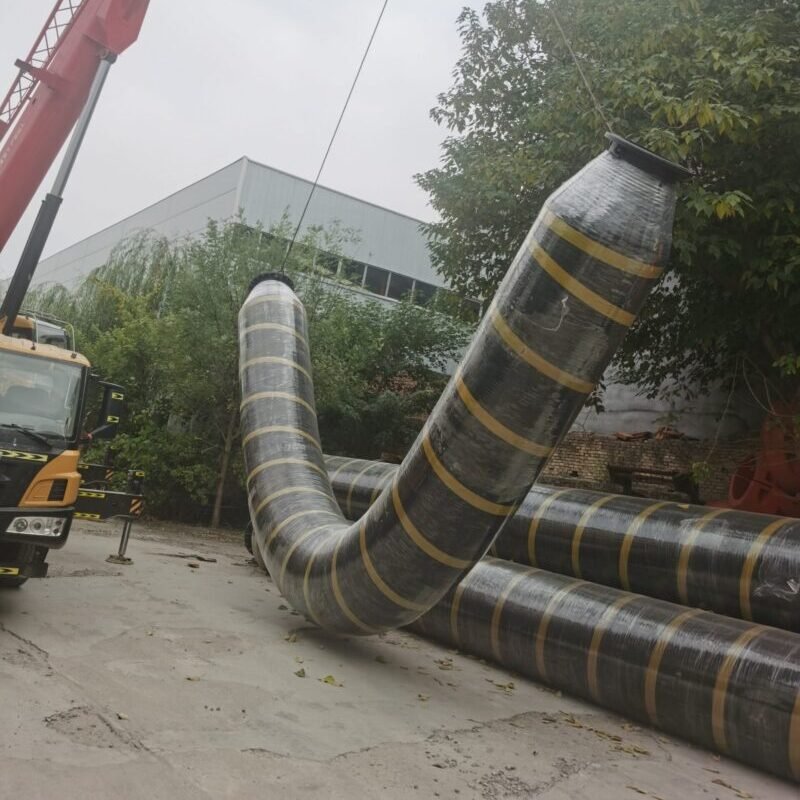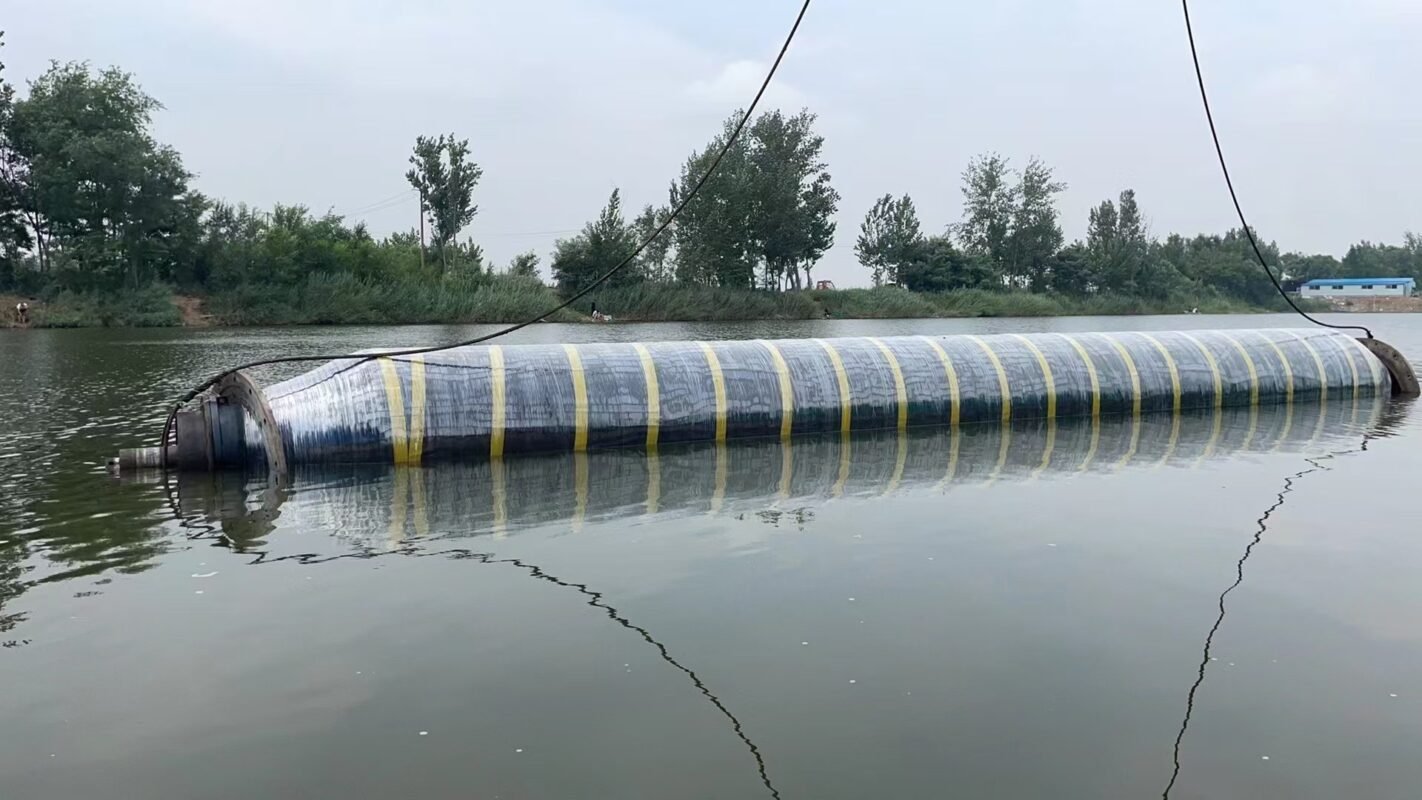How to judge the quality of self-floating rubber pipes?
To judge the quality of self-floating rubber pipes, comprehensive evaluation needs to be carried out from multiple aspects, including material properties, structural design, use environment and practical application effect. The following are some key judgment criteria and methods:
1. Material quality • Rubber material: High-quality rubber pipes should be made of rubber that is resistant to corrosion, aging, oil and ozone (such as EPDM, neoprene, etc.). Check whether the rubber surface is smooth, free of bubbles, cracks or impurities. • Buoyancy material: Self-floating rubber pipes usually have built-in foaming materials (such as PE foam or polyurethane foam). It is necessary to ensure that the density of buoyancy materials is uniform, and there is no collapse or water absorption. • UV resistance: If used outdoors, the rubber pipe should be added with anti-UV agent to avoid aging and cracking after long-term exposure to the sun.
2. Structural design • Buoyancy stability: A good rubber pipe should be able to float evenly on the water surface without local sinking or tilting phenomenon. Its balance can be observed by testing in water. • Reinforcement layer: There should be a high-strength fiber or steel wire reinforcement layer inside to withstand working pressure (such as internal pressure or external extrusion when transporting liquids). • Interface sealing: Check whether the connection between the pipe body and flanges and joints is firm, whether the seal is good, and avoid leakage.
3. • Performance test • Buoyancy test: The rubber tube is completely immersed in water to observe whether its self-floating capacity meets the nominal buoyancy value (usually expressed in kg/m ³ or N/m). • Pressure resistance: A fluid of rated pressure (such as water or air) is passed to check for expansion, deformation or leakage. • Flexibility: When bending the rubber tube, there should be no stiffness or creases to avoid cracking after repeated bending. • Wear resistance: Check whether the outer rubber has wear resistance, especially in scenarios where it is used in a towing or friction environment.
4. Environmental adaptability • Temperature range: Confirm the temperature resistance of the rubber tube (e.g. -30 ° C to + 80 ° C) according to the use environment (e.g. cold or high temperature). • Chemical Resistance: If conveying chemical media, it is necessary to ensure that the rubber material is compatible with the medium (such as acid and alkali resistance, oil resistance, etc.). • Biological Resistance: When used in water, it is necessary to prevent algae or microorganisms from adhering and corroding the pipe body.
5. Service Life and Maintenance • Signs of Aging: Check whether the rubber pipe is hardened, brittle or cracked on the surface due to long-term use. • Easy Maintenance: High-quality rubber pipes should be easy to clean and repair, and some products can be partially replaced with damaged sections.
6. Certification and Stan dards • Industry Certification : Check whether the product has passed relevant international or industry standards (such as ISO, API, CE, etc.). • Factory Qualification: Select a reputable manufacturer and ask for material reports and performance test data.
7. Practical Application Verification • Trial Observation: Test the buoyancy durability, wind and wave resistance and long-term stability of the rubber tube under actual working conditions. • User Feedback: Refer to the comments of other users, especially the durability feedback under similar application scenarios.
FAQ Warning • Poor Quality Performance: Insufficient buoyancy, easy to absorb water, joint falling off, short-term aging and cracking. • Safety Hidden Dangers: If used in important occasions (such as marine engineering, fire protection), poor quality pipe body may lead to leakage or accidents.
Through the above multi-dimensional inspection, the advantages and disadvantages of self-floating rubber tube can be evaluated more comprehensively. For critical uses, it is recommended to commission a third-party testing agency for professional testing.




